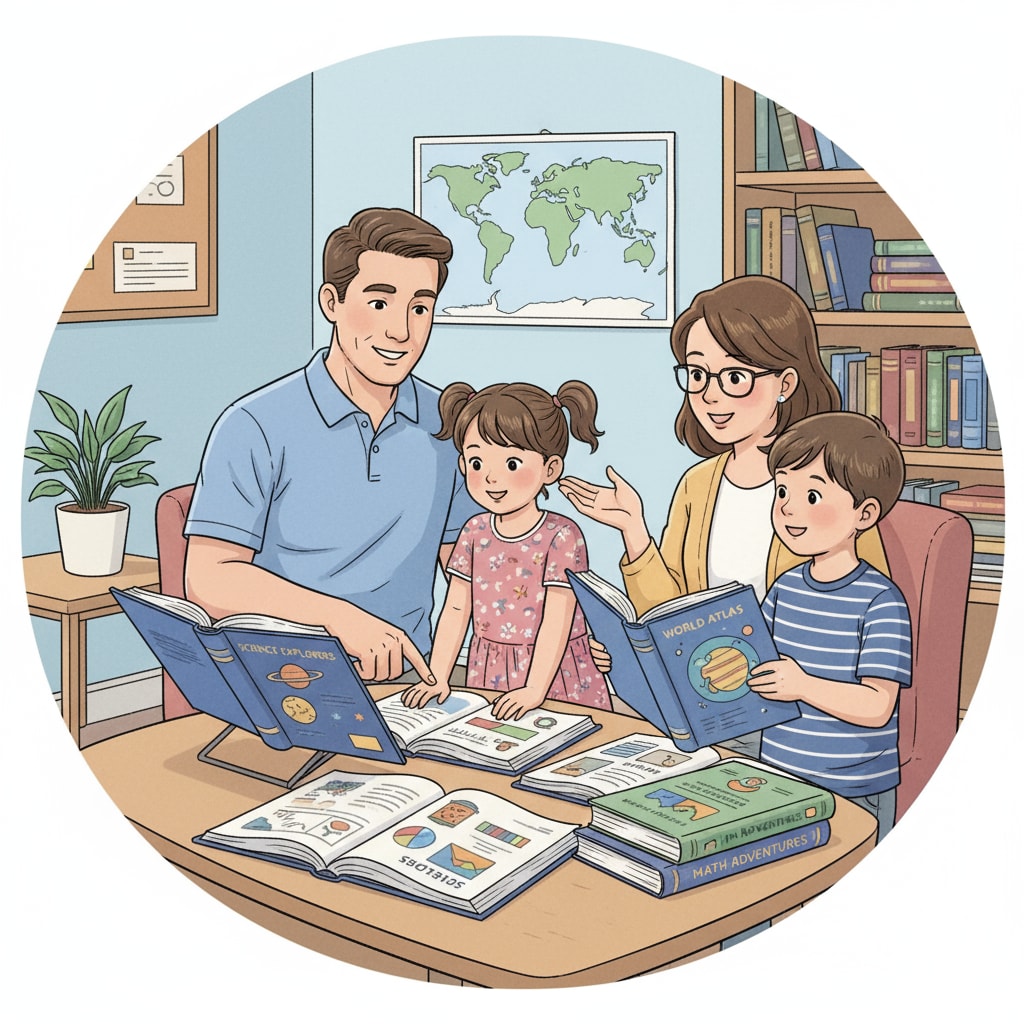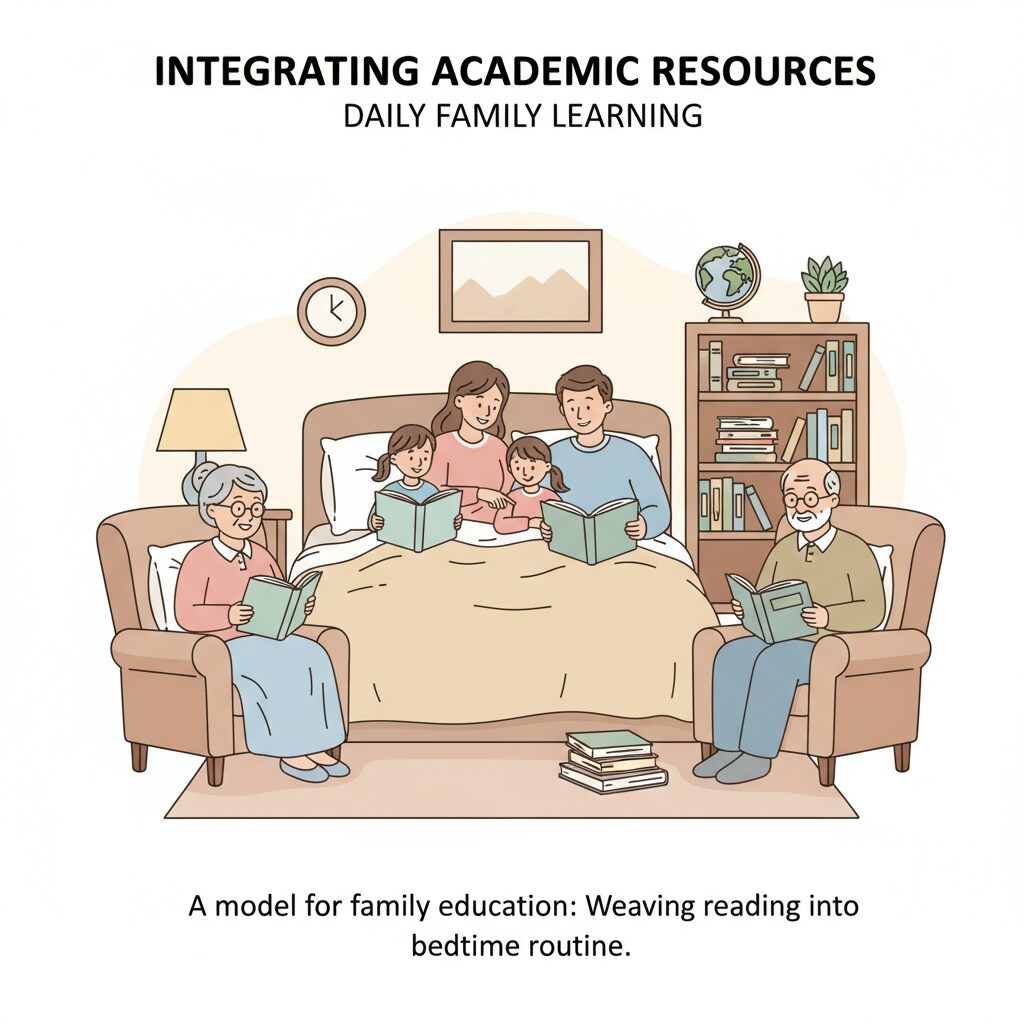Family education, academic resources, and schedule are three crucial elements in shaping a child’s growth. In the vast ocean of family education resources, parents often find themselves lost and unsure of where to start. This article aims to shed light on the most valuable academic resources in family education and provide practical applications, along with guidance on how to incorporate them into a daily schedule.

Understanding Valuable Academic Resources in Family Education
When it comes to family education, academic resources can be diverse. Firstly, educational research papers are a goldmine of information. These papers, often published in academic journals, provide in – depth insights into child development, learning theories, and effective teaching methods. For example, research on how children’s brains develop at different ages can help parents tailor their educational approaches accordingly. American Psychological Association Journals is a great source for such research papers.
In addition, educational books written by renowned experts also play a vital role. These books cover a wide range of topics, from early childhood education to teenage development. They offer practical advice and real – life examples that parents can easily relate to. For instance, books on positive parenting can teach parents how to build a healthy relationship with their children while promoting learning.
Incorporating Academic Resources into Daily Schedule
Once parents have identified valuable academic resources, the next step is to integrate them into the daily schedule. One effective way is to set aside a specific time for learning together. For example, during bedtime stories, parents can choose books that not only entertain but also educate, such as storybooks with moral lessons or ones that introduce basic scientific concepts.

Another approach is to use educational resources during family activities. For example, when going on a nature walk, parents can refer to field guides (an academic resource in this context) to teach children about plants and animals. This not only makes the activity more educational but also reinforces the learning process.
Moreover, parents can schedule regular discussions based on the academic resources they have studied. For instance, after reading an article on child discipline, the family can sit down and discuss how to apply the principles in their daily lives. This interactive approach helps children understand and engage with the educational concepts.
In conclusion, family education, academic resources, and schedule are intertwined. By identifying and effectively using valuable academic resources and integrating them into the daily schedule, parents can create a more enriching and scientific family education environment for their children. This will undoubtedly contribute to the overall growth and development of the children.
Readability guidance: Short paragraphs and lists are used to summarize key points. Each H2 section provides relevant information in an organized way. Passive voice and long sentences are controlled, and transition words are added throughout the text to enhance readability.


